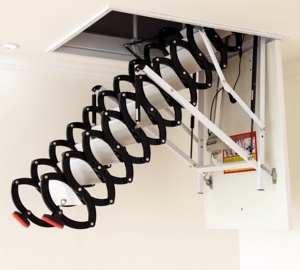Ladder Hoist Roofing: An Essential Tool for Efficient Roofing Projects
Ladder hoist roofing systems are indispensable for professionals in the roofing industry. Designed to lift heavy materials effortlessly, they streamline the roofing process and enhance productivity. Whether you are undertaking small-scale residential renovations or large commercial projects, ladder hoists provide the perfect solution to transport materials with ease and safety. Here, we explore the various types of ladder hoist roofing systems, their features, applications, and the advantages they offer.
Types of Ladder Hoist Roofing
Understanding the different types of ladder hoist roofing systems helps users select the right equipment for their specific needs. Here are the common types:
- Manual Ladder Hoists: Operated by hand, these hoists are ideal for lighter materials and small jobs.
- Electric Ladder Hoists: Equipped with electric motors, these hoists can lift heavier loads quickly and are perfect for larger roofing projects.
- Variable Speed Ladder Hoists: These advanced models allow the operator to adjust the lifting speed, offering increased control over the material handling process.
- Portable Ladder Hoists: Designed for convenience, these hoists are lightweight and easy to transport, making them ideal for on-site use.
Applications of Ladder Hoist Roofing
Ladder hoist roofing systems serve a variety of applications across different sectors. Their robust design and efficiency make them suitable for numerous tasks, including:
- Residential Roofing: Easily transport shingles, tiles, and other materials to rooftops during home renovations or new constructions.
- Commercial Roofing: Facilitate the movement of large volumes of roofing materials in malls, office buildings, and industrial structures.
- Maintenance Work: Assist maintenance teams in lifting tools and materials needed for roof repairs and inspections safely.
- Event Setup: Useful in setting up temporary roofing structures for events, exhibitions, or outdoor gatherings.
Features and Advantages of Ladder Hoist Roofing
The features of ladder hoist roofing systems contribute significantly to their advantages, making them a vital tool for roofing professionals. Here are some key features:
- High Load Capacity: Modern ladder hoists can handle substantial weight, making them suitable for lifting heavy roofing materials.
- Durable Construction: Built with robust materials, these hoists are designed to withstand harsh working conditions.
- Safety Features: Most ladder hoists come with safety locks, overload protection, and stabilizing brackets to ensure safe operation.
- Easy Setup: Ladder hoists are generally straightforward to assemble, enabling quick installation and operation.
The advantages of using ladder hoist roofing systems include:
- Increased productivity by reducing the manual effort required to lift materials.
- Minimized risk of injury by providing a safer alternative to traditional lifting methods.
- Integrated mechanisms that help streamline the workflow on roofing sites.
- Versatile use that extends beyond roofing projects, accommodating various tasks efficiently.
Conclusion
Ladder hoist roofing systems represent a significant advancement in material handling for roofing professionals. Their variety of types, broad applications, and advantageous features underpin their importance in improving roofing processes. By investing in a quality ladder hoist, contractors can enhance efficiency, ensure safety, and achieve flawless results on every project.





















































